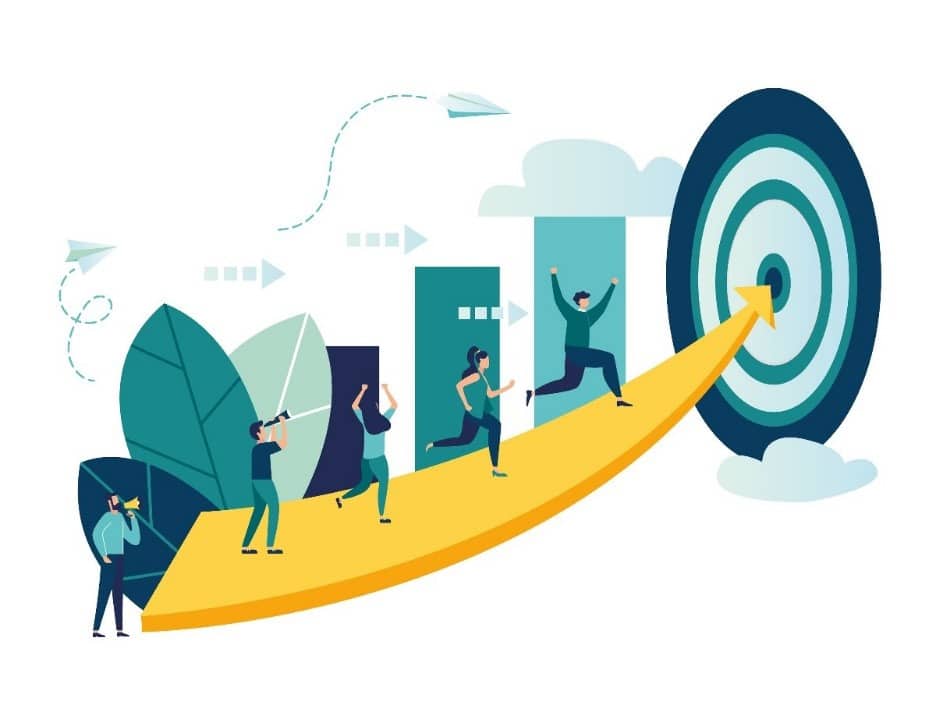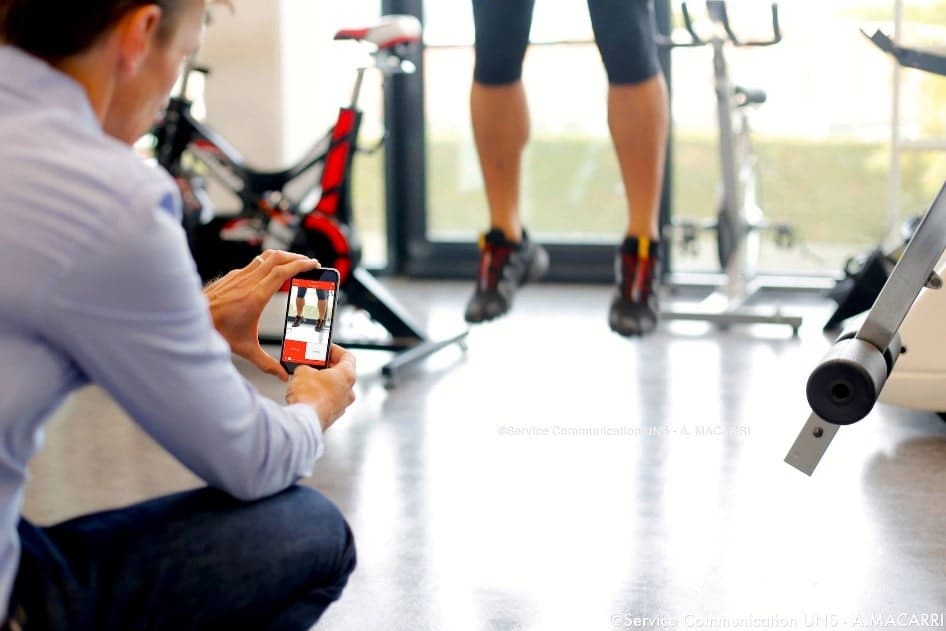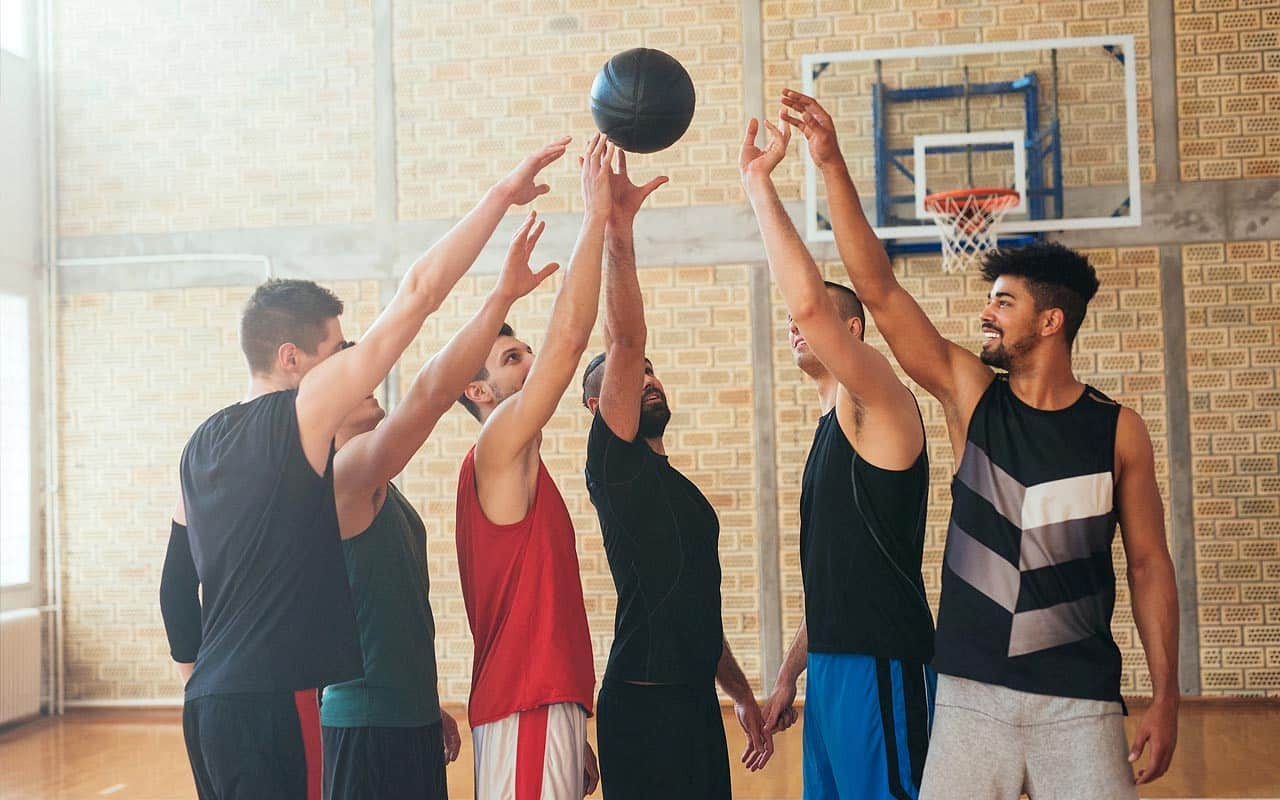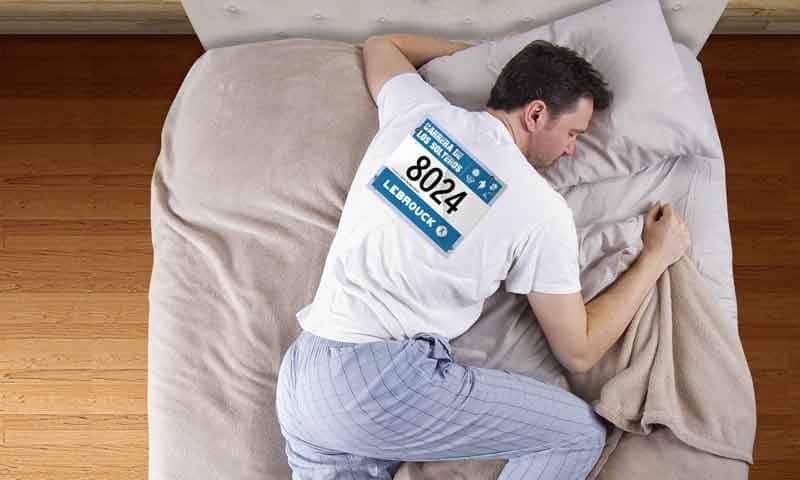14 de March de 2023
How To Get Your Team Ready for The Upcoming Season
The preparation for a new sports season begins with the end of the previous season. Athletes need rest, but we must keep in mind that the sooner a season ends, the sooner the next one begins. This period in which the coach and physical trainer meet to set up the next season is complex because it is sometimes difficult to plan so far in advance. First of all, before planning begins, the results of the current season, whether good or bad, must be analyzed. If a title has been won, it is important to reflect and see why it has been achieved, and if, on the other hand, the objectives set at the beginning of the season have not been achieved, the same critical analysis should be made.
What would be the first thing you would do for a new season? How do you know what caused your team to win or lose? To answer these questions, we must observe and analyze what happened during the season. But it is also interesting to analyze what the best teams or athletes have done throughout history to achieve success. They may provide the answers to how to organize a good season. In this week’s blog article, we will focus on the keys to prepare a team in the best possible way for the start of a good season. We will also refer to the most current scientific publications on this subject. It is important for our readers to know that there is no single way to prepare a season, but that depending on each situation, one type of planning may be used or another. There is no point in looking for “recipes” or model plans for all types of sports or teams. However, if we follow a series of key steps, planning will make sense.
Set clear goals

Setting clear goals is not just for preparing for a new season but for any kind of planning. We have discussed this in previous blog posts (“How to build a consistent training program for all types of sports“) but setting clear goals is the first thing to do. And not only establish the objectives but also how we are going to evaluate them. There is a theory that says that objectives must be short, measurable, achievable, realistic and temporary, in other words, they must be specific. For example, a goal in any type of preparation for a new season is to achieve or improve on the previous season’s performance levels. In this sense, assessing leg strength by means of objective tools such as the Vitruve linear encoder can help us in our preparation. Likewise, having peak oxygen volume values by indirect field tests would also be a good option.
You may wonder if it is so important to establish objectives for a good development of a training or exercise program and the answer is yes. So much so that authors such as Edwin A. Locke and his collaborators have recorded the importance of these objectives in the development of a task (1). These authors claim that setting concrete objectives favors learning and the development of the tasks set, while not setting concrete objectives leads to less development. In addition, setting goals can help players focus on what is important and avoid unnecessary distractions.
Conduct initial assessments

We have advanced them in the previous point, but establishing the starting point of the preparation helps us to see if we have progressed or not. To do this, we must perform an initial assessment of our athletes. These evaluations are not only interesting for coaches and physical trainers, but also for the athletes themselves. They themselves must know the state of form from which they start in order to know if there is much room for improvement or little. Moreover, when a player arrives after the vacations in a bad shape, it is logical that he has to work harder and it should not surprise him if he does not have the coach’s trust.
On the other hand, this initial assessment helps to identify the strengths and weaknesses of each player by providing information on what needs to be improved and what can be strengthen. These initial evaluations should not focus on a single physical quality, but should analyze various capacities such as strength, speed, power, endurance or flexibility. A good athlete is well- balanced.
Plan “individual” workouts
At the beginning of this blog entry, we talked about analyzing the best athletes in history to see how they achieved such a high level of performance. A TOP characteristic of all of them is that they individualized their training. In this sense, if, for example, we find a striker who maintains very high muscular strength, but has lost velocity during the vacations, it would be interesting to prepare a plan to improve the top velocity of this athlete. On the contrary, if we see that our defender has lost strength in his legs and has reduced his height in the vertical jump, we must focus on increasing the strength of the lower body. Let’s not forget that the training plan should include specific exercises and activities that help improve the strengths and weaknesses of each player.
A very useful tool for planning group training and individual training is a calendar in which all the training sessions of each player or athlete fit together perfectly. Of course, these schedules do not take into account an injury, an intense match or an unexpected change. The limitation of these schedules is precisely that they are not modifiable and when it comes to team management, we should be flexible. That is why schedules must be realistic and take into account players’ schedules and other off-field commitments.
Encourage teamwork
As previously mentioned, individualization is paramount, but teamwork is equally important. In addition to getting back to their best physical condition, it is important that players prepare themselves psychologically and emotionally to return to the training routine. In this sense, a good way to motivate players to return to training is to increase team cohesion. To do this, strategies can be used to build trust between players, improve communication between them and ultimately help improve performance. One of the most common ways to do this is to foster relationships between players outside the field of play, for example, by holding weekend activities, events or dinners and doing some social activity (paintball, mountaineering, barbecue, etc.).

But this social cohesion is not only fostered through these off-field activities. Another strategy that can help group cohesion is “role-playing”. Many grassroots sports teams use this methodology to foster a good atmosphere within the team. In a sport such as soccer, the captaincy is alternated so that all players enjoy this privilege. In basketball, the aim is to have a different athlete take the kickoff at the beginning of each game. And in volleyball, positions are alternated so that everyone can defend and spike. These role changes or variations make all athletes feel important and improve the team atmosphere.
Food is a great ally
In previous articles we have already talked about the importance of combining good training with a good nutritional plan. Elite athletes keep a very careful control of food because they must have the best energy resources for competition and training. It is said that nutrition is a key factor in improving performance for the upcoming season. It is true that a healthy diet can improve the performance of athletes both physically and mentally. But we would be making a mistake if we were to look for a recipe for everyone. In fact, there are well-known cases such as that of the Atlético de Madrid player, Marcos Llorente, who after starting a paleolithic diet improved his performance. However, this performance improvement is multifactorial and is not solely and exclusively due to the nutritional plan.

In other words, even if it were true that this type of diet increased his performance in the following months, it may not be appropriate for another player to follow this nutritional plan. In short, nutrition must be individualized for each athlete without forgetting that there are many nutritional strategies and that all of them can be beneficial. After all, a good diet is one that improves both physical and mental performance and reduces the risk of injury. From here, we can say that there are now mobile applications that allow a very specific control of a person’s diet and ensure a balanced diet with the best nutritional intake. In fact, this work falls, to a large extent, on nutritionists who customize the diet of each player.
Post-session recovery and rest
The training session is as important as the hours after and the rest we have. Rest is one of the great forgotten aspects of any sports planning, but it is a fundamental pillar of sports performance. A good rest can favor an exceptional state of form, but a bad rest can be the worst enemy of any athlete. That is why, if we want our team to face the next season in the best possible way, we must control the rest. In addition, nowadays, with smart watches it is very easy to monitor sleep and rest. Currently, there are watches that tell you how much time you have spent in each sleep phase (REM, light sleep, deep sleep) and there are studies that indicate that poor sleep is detrimental to sports performance (2).
However, rest is also part of the privacy of each person and controlling or monitoring rest can be somewhat abusive. Let’s imagine that an athlete is monitored and it is noticed that the night before training he/she has slept less hours than expected. When we asked him about this change, it turns out that the day before was his anniversary. Do you think the coach or physical trainer should reprimand the lost sleep hours? Do you think that sport should get so deep into the personal life of the athletes? Of course, it is a difficult debate to analyze, but what is clear is that a good rest will always be accompanied by better performance.

Conclusion
Finally, I would like to clarify once again that there is no such thing as a model preparation. We should not look for a recipe to apply with everyone and with all teams, but we must comply with a series of guidelines such as:
- Set clear goals.
- Conduct initial assessments to know the athletes’ state of fitness.
- Plan “individual” workouts.
- Encourage teamwork.
- Treat food as a great ally.
- Control rest and post-session recovery.
If you follow these steps, we can assure you that your planning will meet the minimum requirements for your athletes to start the sports season in the best possible way. Of course, within each phase you will have to work on aspects such as maximum strength, velocity, cardiopulmonary resistance and other variables that are key to the athlete’s performance.
Remember that preparing a team is a difficult task since many variables that determine performance must be controlled. As long as you set the objectives right, make the appropriate initial assessments and focus on each player as an individual, you will be fine. Remember that group work and a good psychosocial environment foster group motivation, so don’t stop working on them.
Unai Adrián Perez de Arrilucea Le Floc’h
References
1.Locke EA, Latham GP. New directions in goal-setting theory. Current directions in psychological science. 2006;15(5):265-8.
2.Reilly T, Edwards B. Altered sleep–wake cycles and physical performance in athletes. Physiology & behavior. 2007;90(2-3):274-84.

